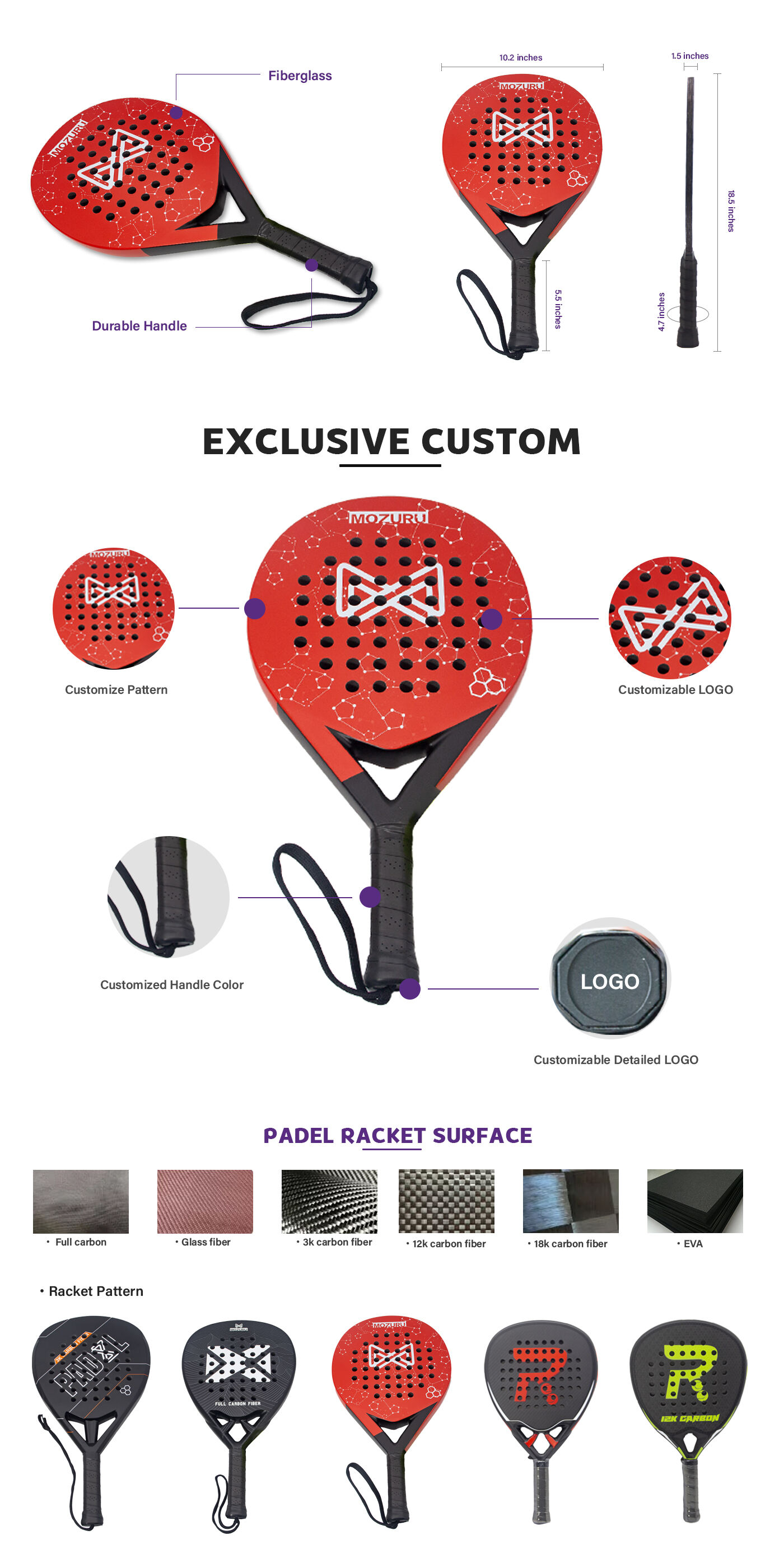Essential Guidelines for Tennis Racket Import Success
The tennis equipment industry continues to evolve rapidly, making tennis racket sourcing a critical process for importers looking to capitalize on this dynamic market. Understanding the complexities of sourcing high-quality tennis rackets requires deep market knowledge, technical expertise, and strategic planning. This comprehensive guide explores the crucial factors importers must evaluate to ensure successful tennis racket procurement.
Manufacturing Standards and Quality Control
Material Selection and Construction
When engaging in tennis racket sourcing, the choice of materials significantly impacts the final product's quality and performance. Premium rackets typically feature graphite or carbon fiber composites, while mid-range options may incorporate aluminum or titanium alloys. Importers must thoroughly assess manufacturers' material sourcing practices and ensure they meet international quality standards.
The construction process requires precise temperature control and specialized manufacturing techniques. Quality control measures should include regular testing of material composition, frame strength, and overall durability. Working with manufacturers who maintain detailed quality assurance protocols helps prevent costly defects and ensures consistent product quality.
Testing and Certification Requirements
Professional tennis racket sourcing demands rigorous testing protocols. Each batch should undergo impact resistance testing, frame flexibility analysis, and string tension evaluations. Certification from recognized testing laboratories provides additional assurance of product reliability and compliance with international sporting goods standards.
Importers should request detailed test reports and certification documentation before finalizing any procurement agreements. This documentation serves as proof of quality and can be valuable for marketing purposes and regulatory compliance.
Supply Chain and Logistics Considerations
Production Capacity and Lead Times
Effective tennis racket sourcing requires careful evaluation of manufacturing partners' production capabilities. Importers must assess factory capacity, automation levels, and workforce expertise to ensure consistent supply. Understanding seasonal demand fluctuations helps in planning production schedules and maintaining optimal inventory levels.
Lead times can vary significantly depending on manufacturing location, order volume, and customization requirements. Building strong relationships with reliable manufacturers who can accommodate flexible production schedules provides a competitive advantage in meeting market demands.
Shipping and Storage Requirements
Tennis rackets require special handling during transportation to prevent damage. Climate-controlled storage facilities and appropriate packaging materials are essential for maintaining product integrity. Importers should consider shipping costs, insurance requirements, and customs regulations when developing their tennis racket sourcing strategy.
Working with experienced logistics partners who understand the specific requirements of sporting goods transportation can help minimize damage risks and ensure timely delivery to target markets.
Market Research and Consumer Preferences
Target Market Analysis
Successful tennis racket sourcing begins with thorough market research. Understanding target customer demographics, playing styles, and price sensitivity helps importers select appropriate product specifications. Market analysis should include competitor assessment, pricing trends, and distribution channel evaluation.
Consumer preferences vary by region and player skill level. Professional players may demand high-end customization options, while recreational players might prioritize durability and value. Tailoring product offerings to specific market segments enhances competitive positioning.
Technology and Innovation Trends
The tennis equipment industry constantly evolves with new technologies and materials. Importers must stay informed about innovations in racket design, string patterns, and frame construction. Working with manufacturers who invest in research and development ensures access to the latest technological advancements.
Smart technology integration, such as sensors for performance tracking, represents an emerging trend in tennis racket development. Importers should evaluate the potential for incorporating these features while considering cost implications and market demand.
Cost Management and Pricing Strategy
Production Cost Analysis
Effective tennis racket sourcing requires detailed cost analysis covering materials, labor, overhead, and quality control expenses. Volume discounts, minimum order quantities, and payment terms significantly impact overall procurement costs. Negotiating favorable terms while maintaining quality standards is crucial for sustainable operations.
Understanding cost drivers helps importers identify opportunities for optimization without compromising product quality. Regular cost reviews and supplier benchmarking ensure competitive pricing structures.
Margin Structure and Pricing Models
Developing appropriate pricing strategies requires consideration of distribution channels, market positioning, and competitor pricing. Different market segments may require varied pricing approaches, from premium positioning to value-oriented offerings. Maintaining healthy margins while remaining competitive demands careful balance.
Regular market price monitoring and adjustment of pricing strategies helps maintain competitiveness and profitability. Consider seasonal promotions and bundle offerings to optimize sales performance.
Frequently Asked Questions
How long does the typical tennis racket sourcing process take?
The tennis racket sourcing process typically requires 3-6 months from initial supplier selection to delivery of the first order. This timeline includes supplier evaluation, sample development, testing, certification, and production. Factors such as customization requirements and order volume can impact the timeline.
What are the minimum order quantities for tennis racket manufacturing?
Minimum order quantities vary by manufacturer but typically range from 500 to 1,000 units per model. Larger orders often qualify for better pricing and may provide more flexibility in customization options. Some manufacturers offer lower MOQs for premium or specialized models.
How can importers verify manufacturer quality standards?
Importers should request facility audits, quality certifications, and sample testing reports. Working with third-party inspection services provides additional verification of manufacturing standards. Regular factory visits and ongoing quality monitoring help maintain consistent product quality throughout the relationship.


